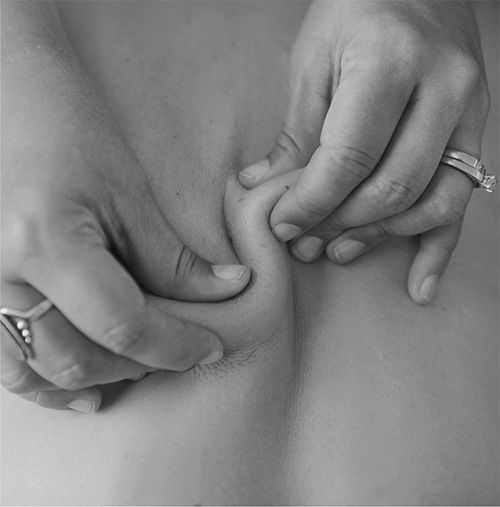What is Myofascial Release?

Self-myofascial release (SMR) is a self-care technique that has gained popularity in recent years for its potential benefits in improving flexibility, reducing muscle tension, and enhancing overall well-being. It involves the application of pressure to specific areas of the body using various tools, such as foam rollers, lacrosse balls, or specialized SMR devices. The primary goal of SMR is to release tension within the fascia, a connective tissue that surrounds and supports muscles, ultimately improving mobility and alleviating discomfort.
Understanding Myofascial Release
Myofascial release (often called MFR) is a therapeutic technique that has gained popularity in recent years due to its numerous health benefits. It focuses on the myofascial system, a complex web of connective tissue that surrounds and supports muscles throughout the body. This fascial network can become tight, restricting movement and causing discomfort. Myofascial release aims to alleviate this tension, promoting better mobility and overall well-being. In this blog post, we will explore the four key benefits of myofascial release therapy.

Improved Flexibility and Range of Motion
One of the primary advantages of myofascial release is its ability to enhance flexibility and increase the range of motion. Over time, stress, poor posture, injuries, and inflammation can cause the fascia to become stiff and less pliable. This can lead to discomfort and decreased mobility. Myofascial release involves applying gentle pressure to the fascial tissue, which helps release tension and restore elasticity. As a result, individuals often experience a significant improvement in their flexibility and range of motion. Whether you’re an athlete looking to enhance your performance or someone seeking relief from everyday aches and pains, myofascial release can help you move more freely.
One of the primary advantages of
myofascial release is its ability to enhance flexibility and increase the range of motion. Over time, stress, poor posture, injuries, and inflammation can cause the fascia to become stiff and less pliable. This can lead to discomfort and decreased mobility. Myofascial release involves applying gentle pressure to the fascial tissue, which helps release tension and restore elasticity. As a result, individuals often experience a significant improvement in their flexibility and range of motion. Whether you’re an athlete looking to enhance your performance or someone seeking relief from everyday aches and pains, myofascial release can help you move more freely.
Pain Relief and Stress Reduction
Myofascial release is also highly effective in providing pain relief and reducing stress. The fascia is densely populated with sensory receptors, and when it becomes tight or restricted, it can contribute to chronic pain conditions. Myofascial release helps to release trigger points and tension within the fascial system, alleviating pain and discomfort. Whether you’re suffering from conditions like fibromyalgia, back pain, or tension headaches, MFR can be a valuable part of your pain management strategy.
Moreover, this therapy has a profound impact on stress reduction. The gentle, hands-on approach of myofascial release promotes relaxation and encourages the release of endorphins, the body’s natural stress relievers. By targeting areas of tension in the fascia, individuals often experience a deep sense of relaxation during and after a session. This can have a lasting positive effect on their overall well-being, helping them manage stress more effectively.
Enhanced Posture and Injury Prevention
Poor posture is a common issue in today’s digital age, with many people spending long hours hunched over computers and smartphones. Myofascial release can play a crucial role in improving posture. By releasing tension in the fascial system and muscles, it allows the body to return to a more balanced state. This, in turn, can help individuals stand and sit with better alignment, reducing the risk of musculoskeletal issues associated with poor posture.
Additionally, myofascial release is a valuable tool in injury prevention. Tight fascia can contribute to an increased risk of injuries by limiting joint mobility and muscle flexibility. Regular myofascial massage sessions can help maintain optimal muscle and fascial health, reducing the likelihood of strains, sprains, and other injuries. Athletes and active individuals often use MFR as a proactive measure to keep their bodies in peak condition.
Embrace the Benefits of Myofascial Massage
Myofascial massage is a holistic therapy that offers a wide range of benefits, from improved flexibility and pain relief to stress reduction and enhanced posture. Whether you’re an athlete looking to optimize your performance, someone seeking relief from chronic pain, or simply interested in maintaining a healthy body, myofascial release can be a valuable addition to your wellness routine. Consider consulting a qualified therapist to experience the transformative effects of myofascial release and unlock the full potential of your body.
Quick Links
Contact Information
Phone:
Email:
Address:
31577 Canyon Estates Drive, Lake Elsinore, California 92532 United States
FSA and HSA certified
HIPAA-compliant






